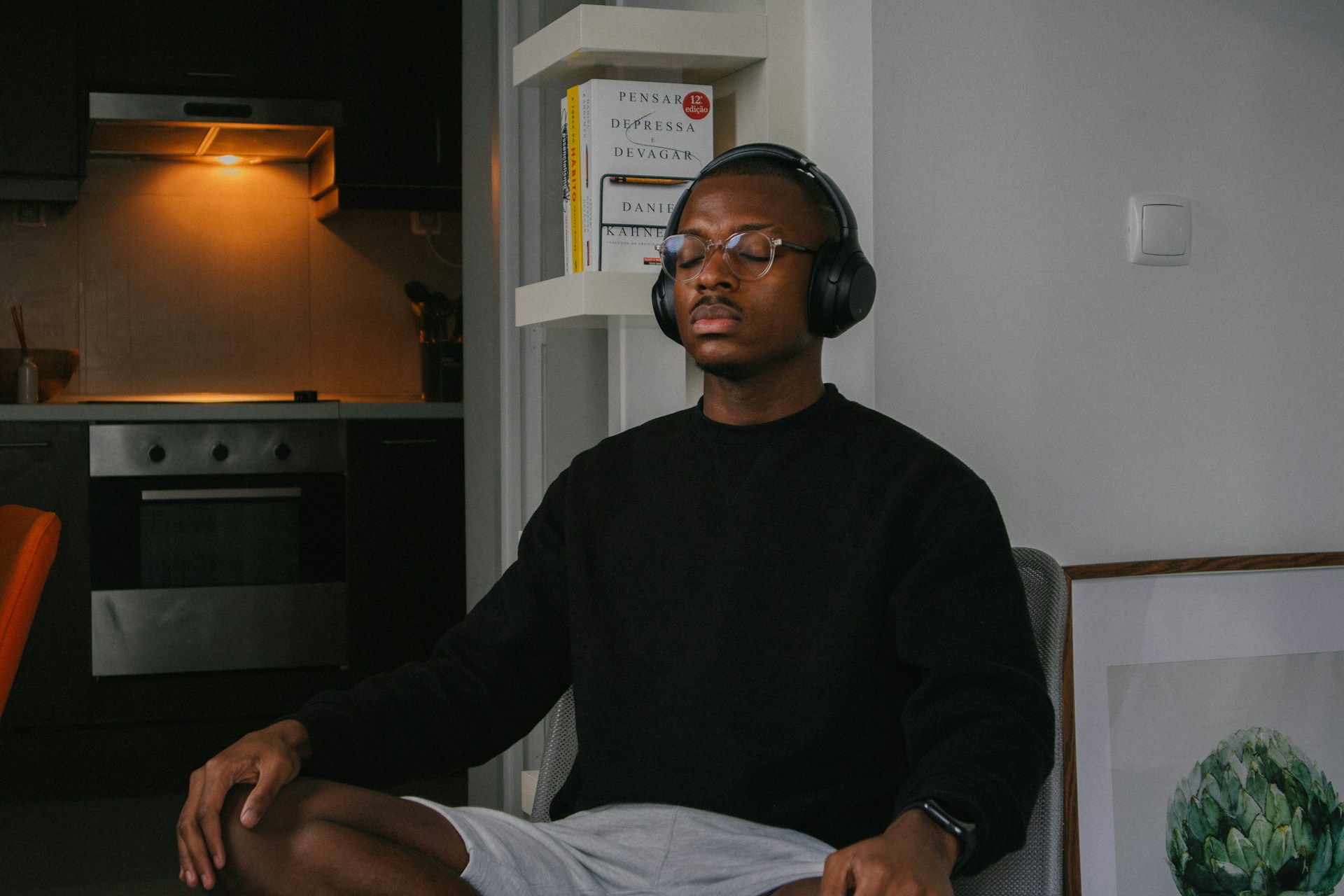Ever found yourself saying yes when you meant no? Or afraid to speak up for yourself, even when something didn’t sit right? I guess wel all have. We all have moments where we abandon our own needs, often out of fear, guilt, or a desire to please others. That’s where setting boundaries comes in.
Setting boundaries is a way to protect your energy, communicate your needs, and also build healthier relationships with others and with yourself. If you struggle with setting boundaries or don’t know how to set a boundary without being rude, this simple writing exercise can help you reflect on what gets in the way and how you might do things differently next time.
Setting boundaries: an exercise
During Kristin Neff’s workshop, the psychologist shared a simple and powerful exercise to help you reflect on a past moment when you didn’t set a boundary and explore what you can learn from it.
Use the following four questions as your writing prompt:
- Think of a past situation where you didn’t draw a boundary. Maybe you agreed to something you didn’t want, stayed silent when you wanted to speak up, or overextended yourself. Write down the situation in clear detail.
- Ask yourself what stopped you. Was it fear of disappointing someone? Guilt? A pattern of people-pleasing? Be honest, but gentle.
- Write a few sentences of tender compassion to yourself for not setting that boundary. Imagine you’re speaking to a close friend. What would you say to them?
- Now imagine your fierce friend, the one who always has your back. What would they say to you in that moment? Let their words be your reminder for next time.
How do you set boundaries?
This practice is about learning from past situations. When we look back with curiosity and compassion, we create mental space for growth. Want more? Try this writing exercise: How to write a self-compassion letter (and why it works) or use these 11 questions as writing prompts for self-discovery.
Why writing helps
Studies show that writing about your thoughts and feelings can boost resilience, reduce rumination and strengthen your overall mental well-being. Especially when you combine your writing exercises with self-compassionate framing.
It is believed that writing down your answers to reflective questions help to self-regulate by activating the prefrontal cortex of the brain and help process emotions constructively by reducing activity in the amygdala. This way, writing gives you clarity on your thoughts and past behaviors.
Photo by: lilartsy on Unsplash







